Document ID
It involves the verification and validation of a user’s identification document. This step helps to ensure that the document provided by the user is genuine, has not been tampered with, and belongs to the person undergoing the identity verification process. Document ID plays a crucial role in establishing the user’s identity and is often used in conjunction with other validation methods such as face recognition or identity questions.
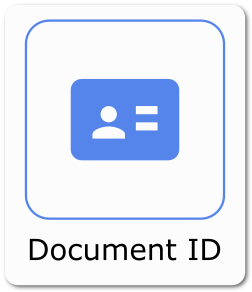
Face Match
It involves verifying the identity of a person by comparing their facial features with a reference image. This step helps to ensure that the person presenting themselves for identity verification is the same person associated with the reference image. Face Match is a key component of digital identity as it provides a higher level of security and accuracy in confirming an individual’s identity, especially in scenarios where physical documents may not be available or easily tampered with.
Passive Liveness: verification uses computer vision technology to analyze videos and detect if the person in the video is a live user or a representation such as a photo, video, or mask. It applies various techniques and algorithms to identify specific patterns and characteristics that indicate the presence of a real person.
By incorporating Passive Liveness verification, digital identity systems can further mitigate the risk of fraudulent activities and identity theft. It helps prevent spoofing attempts using static or manipulated representations, such as printed photos, replay attacks, or the use of 3D masks.
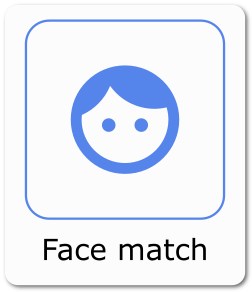
Document ID + Face Match
It combines two validation methods to ensure a higher level of accuracy and security in verifying the identity of an individual.
Document ID involves verifying the authenticity and correctness of an identification document provided by the user. This step helps to prevent identity fraud by checking for factors such as image clarity, correct document type, and proper positioning within the frame. The document may also undergo automatic modifications to improve quality.
Face Match, on the other hand, involves comparing the facial features of the user with a reference image to validate their identity. This step helps to ensure that the person interacting with the system is the same individual associated with the document or selfie provided.
By combining Document ID and Face Match, the digital identity process can establish a higher level of confidence in verifying the user’s identity. This is crucial in preventing fraudulent activities and protecting sensitive information.
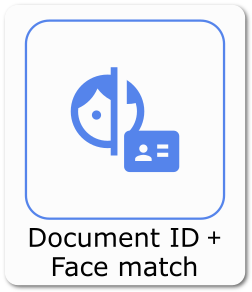
Phone
It allows for the verification of the user’s phone number. The phone number serves as a unique identifier and can be used to send verification codes or conduct phone-based authentication. By verifying the user’s phone number, the digital identity process can ensure that the user has access to the provided phone number, which adds an extra layer of security and helps confirm their identity.
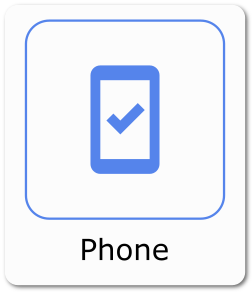
It allows for the verification of the user’s email address. Email validation is commonly used as a method to confirm the user’s identity and establish communication with the user during the onboarding or verification process. By verifying the user’s email, the digital identity process can ensure that the user has access to the provided email address and can receive important notifications, verification codes, or further instructions.
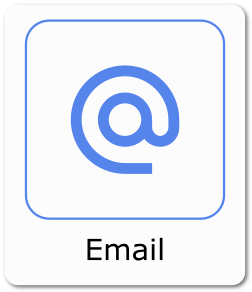
Electronic Signature
It allows for the secure and legally binding authentication of digital transactions and documents. Electronic signatures are equivalent to traditional handwritten signatures and provide assurance of the integrity and authenticity of the signed content.
By incorporating electronic signatures into the digital identity process, organizations can streamline their workflows, enhance security, and ensure compliance with legal requirements. Electronic signatures help to verify the identity of the signer, prevent tampering or alteration of the signed documents, and provide a reliable audit trail.
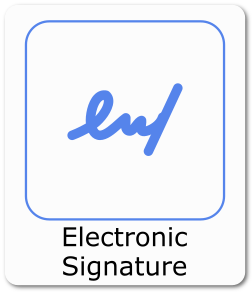
Background Check
Validates the authenticity and integrity of the user’s identity information. This process involves verifying various aspects of the user’s background, such as their criminal record, employment history, education credentials, and financial standing.
By performing a background check, companies can gain confidence in the user’s identity and make informed decisions regarding their trustworthiness. It helps to mitigate the risk of fraud and identity theft, ensuring that only genuine and reliable individuals are granted access to sensitive systems or services.
Background checks are particularly crucial in industries that require a high level of security and trust, such as financial institutions, healthcare organizations, and government agencies. They play a vital role in maintaining the integrity of digital identity systems and safeguarding against potential threats or fraudulent activities.

Face Validation with Government
It adds an extra layer of verification and trust to the identity verification process. By utilizing facial recognition technology and comparing the user’s face with a government-issued ID or passport, it ensures that the person presenting the document is the same person in the photo.
Facial Validation With Government helps to prevent identity theft and fraud by verifying the authenticity of the user’s identity documents. It ensures that the documents are not counterfeit or manipulated and that the individual is who they claim to be.
This step is particularly important in industries that require a high level of security and regulatory compliance, such as finance, healthcare, and government sectors. It helps organizations comply with Know Your Customer (KYC) and Anti-Money Laundering (AML) regulations by ensuring the accuracy and integrity of customer identities.
By incorporating Facial Validation With Government into the digital identity verification process, companies can enhance the trustworthiness of their user base and mitigate the risk of fraudulent activities.
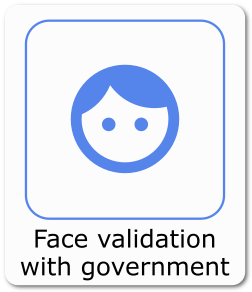
Proof of address
It involves the verification and validation of a user’s proof of address. This step helps to ensure that the residence address of the document provided by the user is genuine

